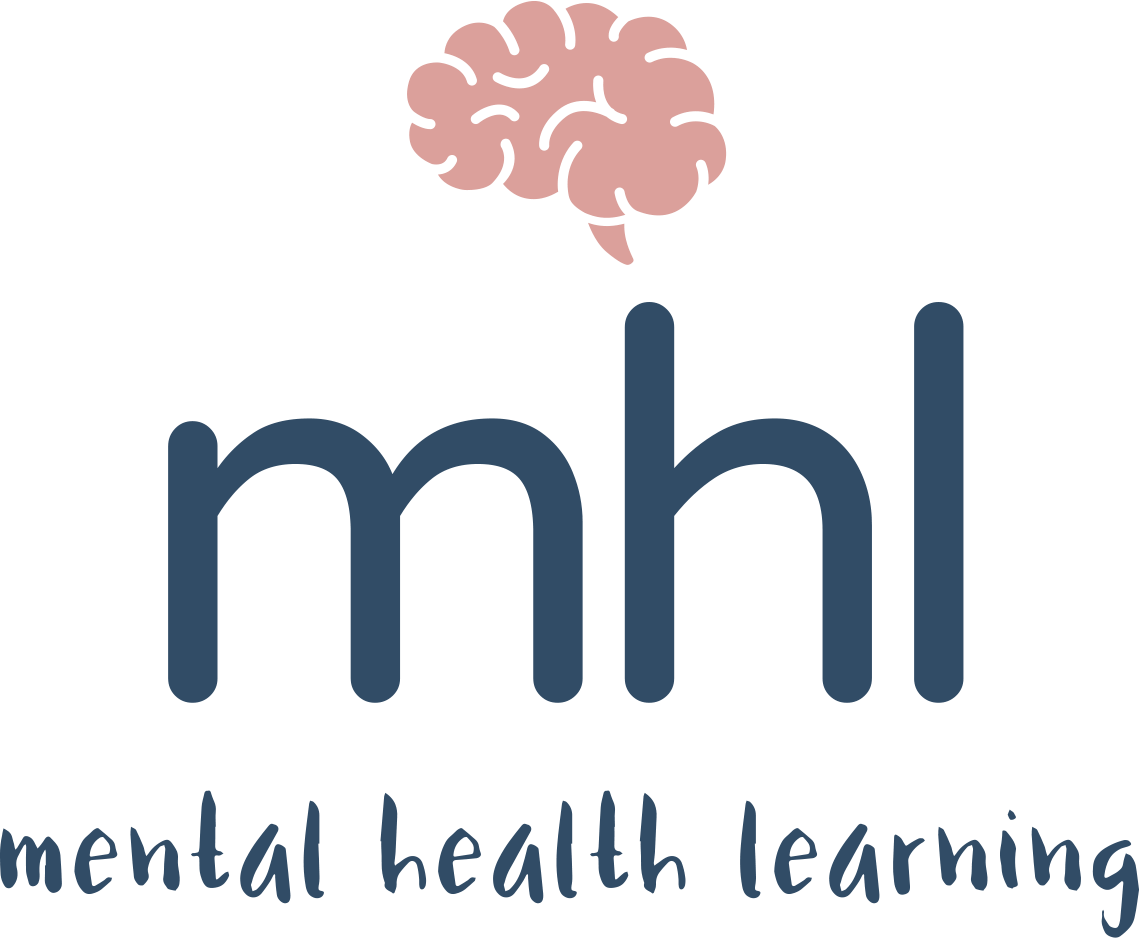How common is self-harm?
Self-harm is said to affect an estimated 1 in 14 people over a lifetime.
However, there’s a problem with statistics. Statistics rely on individuals, self-reporting their self-harm. This might be through an anonymous survey collected by e.g a third sector organisation. Or perhaps they have attended A&E for help and for their injury to be treated.
An obvious problem here is that not all people will self-report or attend A&E. Self-harm is a secretive act that many children, young people and adults try their best to hide from others. This means that others are unaware and the data collectors are unaware. Secondly the individual would have to recognise their actions as self-harming.
What is self-harm?
Self-harm is generally defined as an intentional act of harm inflicted upon oneself. Certain behaviours spring to mind when we mention self-harm, but in reality, self-harming behaviours go far beyond the acts that are more commonly spoken about.
Self-harm can take the form of indirect behaviours and much less obvious behaviours, such as purposely getting into fights, eyelash pulling and engaging in risky behaviour.
Essentially, anything that is being done intentionally to cause harm to oneself, can be classed as self-harm. This tells us there are likely to be many more young people – and adults, that are harming themselves.
Looking beyond the behaviour
We’ll focus on young people. The aim of understanding self-harm in order to help the young person, must be to look beyond the behaviour and address what is causing it.
What emotions are behind the self-harm? What emotions does it elicit for the young person?
Do they recognise the emotions they are experiencing and where they are coming from?
Young people can self-harm for a wealth of different reasons – some find it gives them a sense of comfort, others a sense of control. Others it could be punishment, and others it’s a way to feel something when everything else feels numb.
By seeking to understand the emotions behind the self-harm and the needs it is meeting, we can identify appropriate alternative coping strategies. For example, if a young person self-harms to soothe themselves, meditation may be an appropriate distraction or coping strategy. If a young person self-harms to release built up pressure, then engaging in something physical like dancing or running may be an alternative strategy.
A young person cannot just stop self-harming, and this can be a long process through which we support them to try new ways of coping and introduce distraction techniques that gradually reduce the self-harm over time. They may also need additional support to address the problems that caused the self-harm in the first place.
